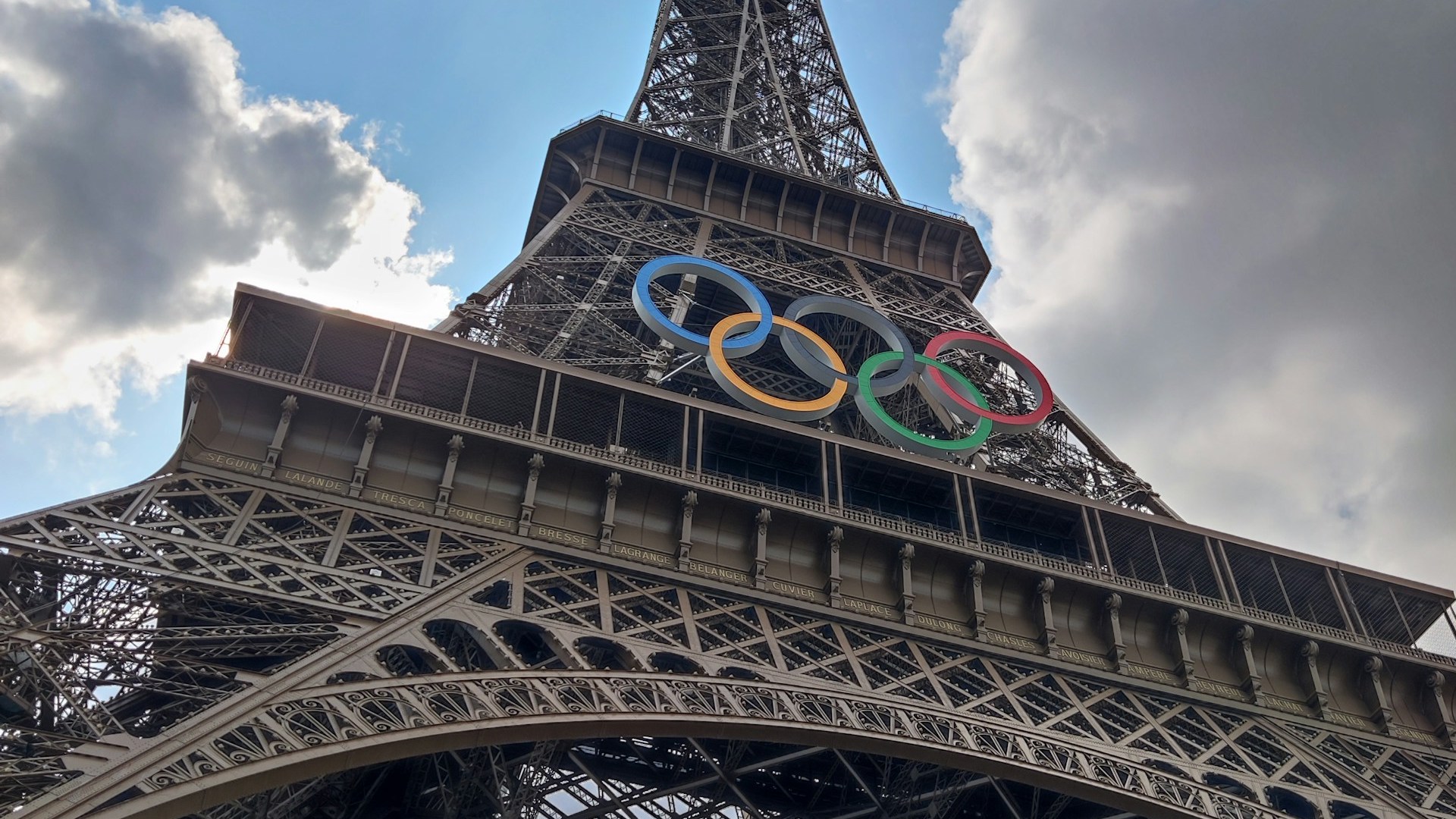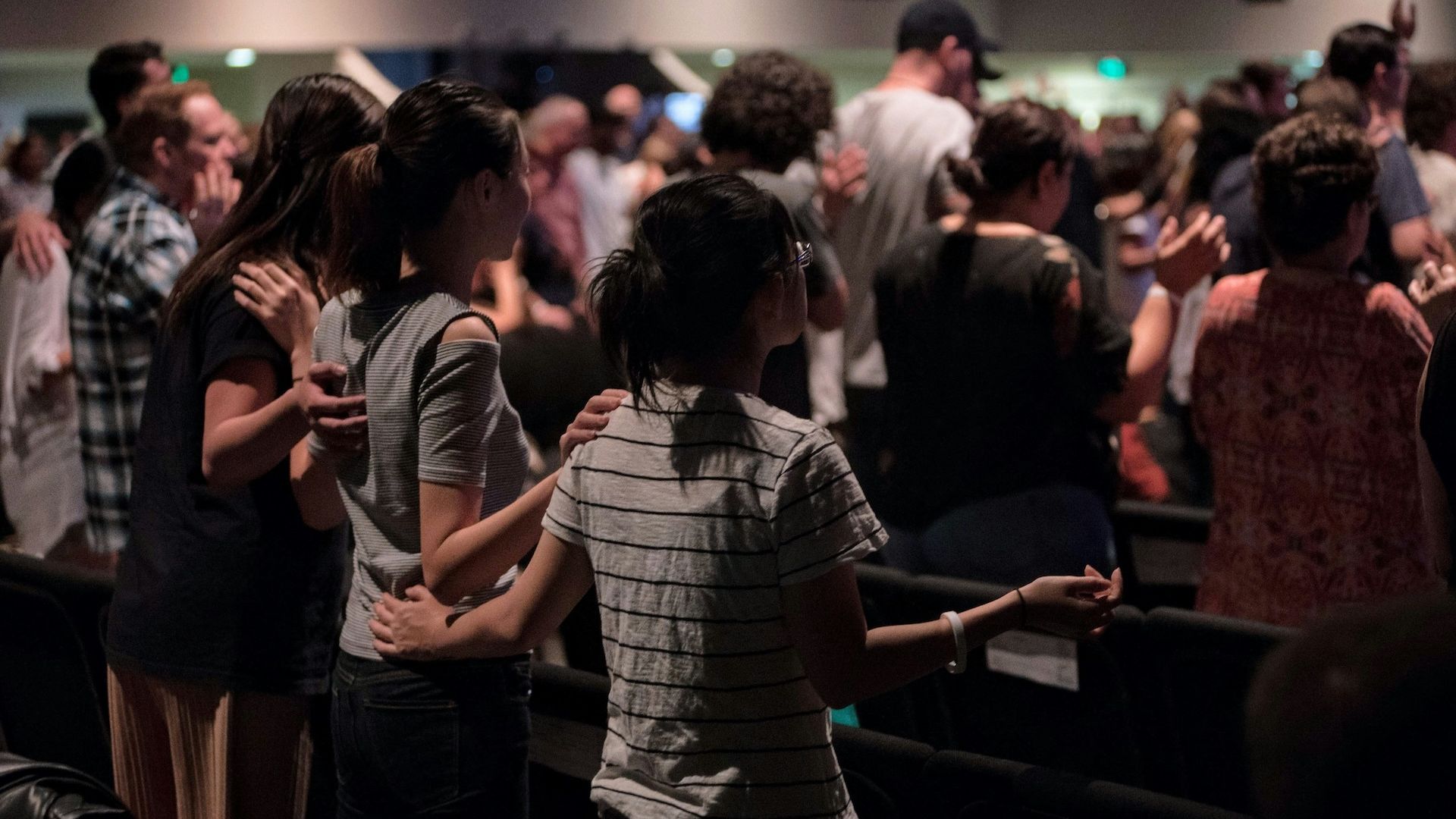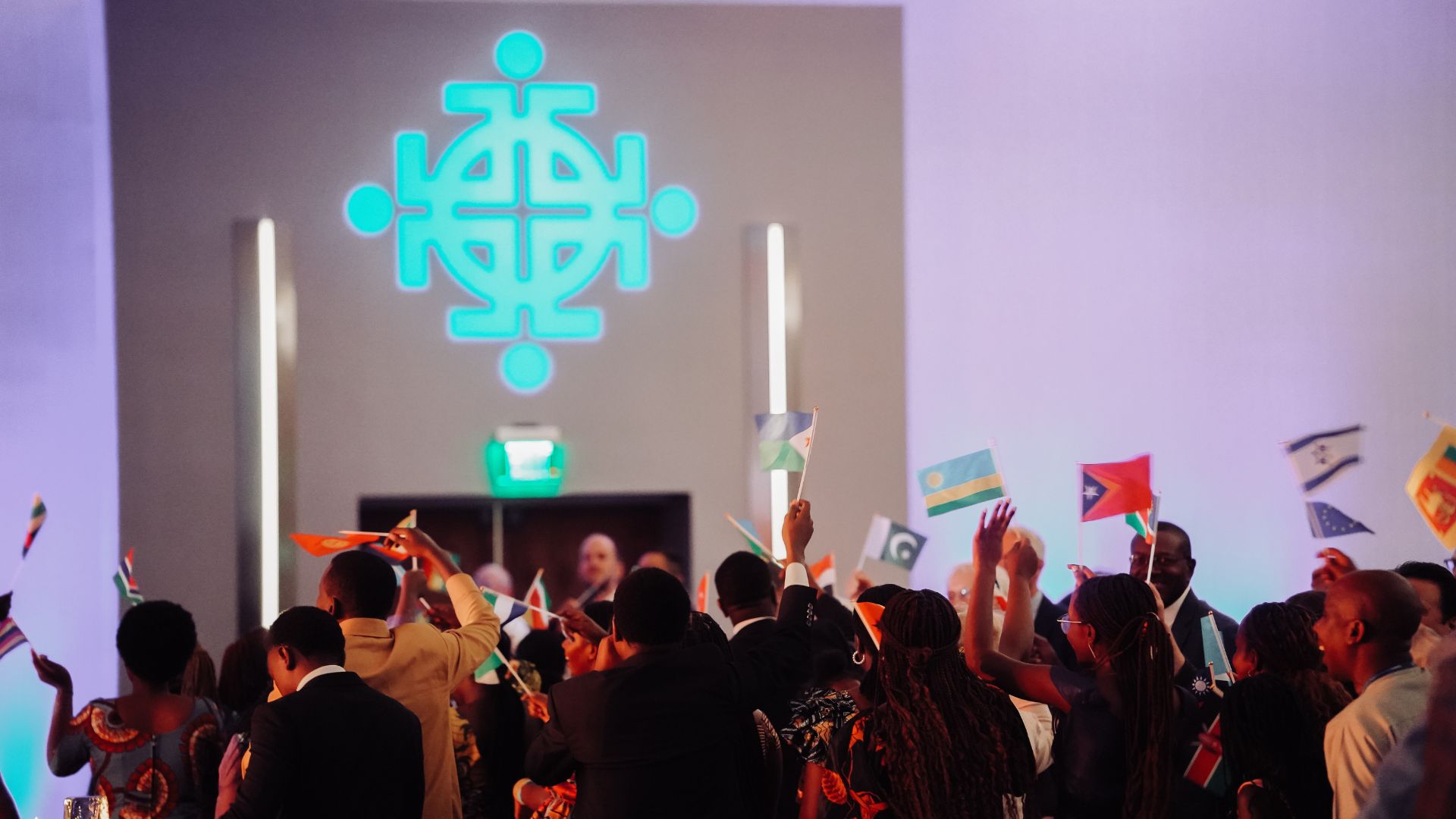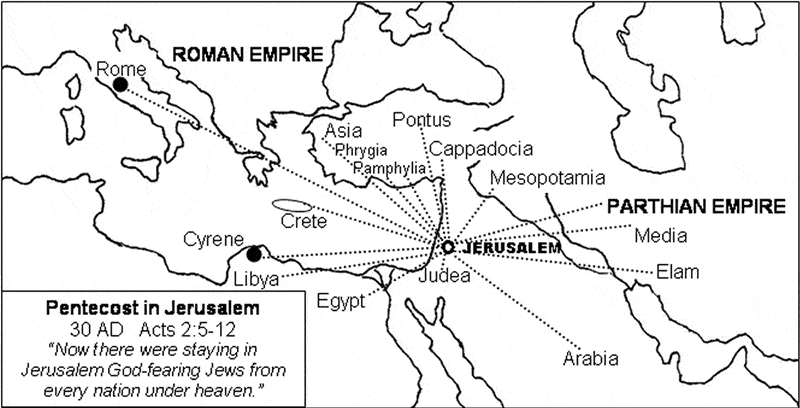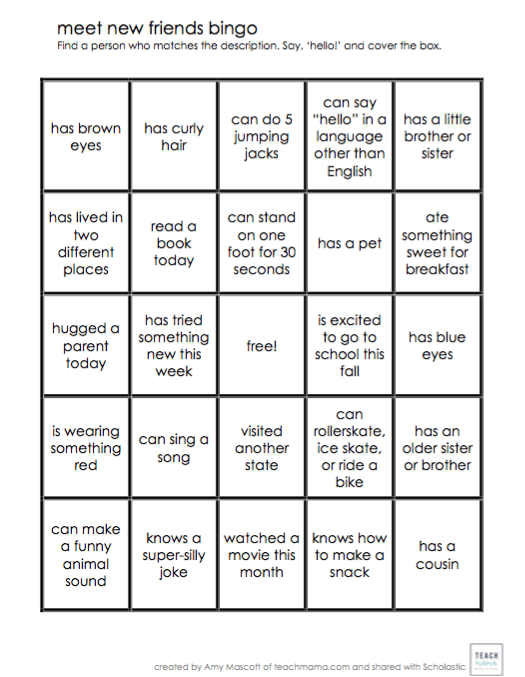Since July 26, bitter disputes have erupted online over a moment from the opening ceremony of the 2024 Olympic Games in Paris, France.. According to NBC’s Today, the scene featured performers in drag re-enacting a tableau from the French artist’s Les Festins de Dieux (“The Feast of the Gods”), which references the Greek god Dionysus. Christians criticized the scene for its visual similarity to Leonardo da Vinci’s famous painting, The Last Supper, feeling it was a deliberate mockery of Christianity.
To discuss this controversy, its impact on the church, and how Christians can engage with art and culture in a more thoughtful and constructive manner, The Companion spoke with Rev. Cheryl Lynn Cain, assistant director of Contextual and Lifelong Learning at North Park Theological Seminary and former pastor of Multicultural Ministries at Church of the Good Shepherd in Joliet, Illinois.
This conversation was edited for length and clarity.
CHERYL LYNN: It’s important to note that The Last Supper painting is not an accurate depiction of how the event was culturally represented in the first century.
JELANI: Exactly. Similarly, our portraits of Jesus are not physiologically accurate to what he likely looked like. It’s art, meant to serve an aesthetic purpose.
CHERYL LYNN: The painting was created because the Pope at that time was trying to rebrand Christianity. He wanted people to view Jesus in a manner akin to the Greek gods. They studied sarcophagi, along with various carvings, drawings, and paintings of classical art from the Renaissance. The aim was to depict Jesus in a way that people could understand, thus creating a version of The Last Supper that didn’t reflect the actual event. They fashioned it to resemble the cultural iconography of Greek gods and their festivals, presenting it as another divine feast.
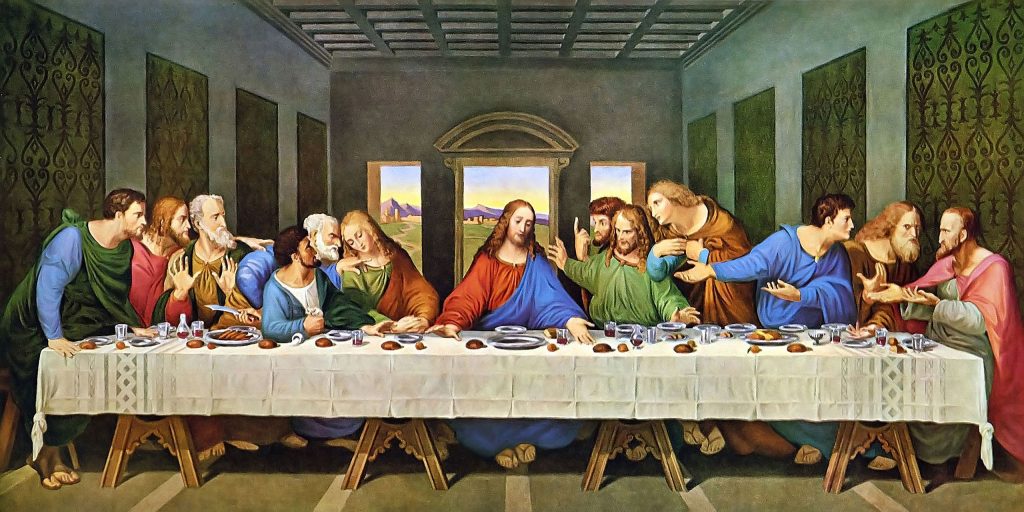
JELANI: When I considered this particular Olympics controversy, I became aware of it through seeing others’ reactions online. The furor made me realize, “Oh, something significant has happened.” In retrospect, it’s not surprising that the Olympics would spark such a response, as it is one of the few global events that captures widespread attention simultaneously. With different nations and languages involved, this kind of collective focus is rare in today’s media landscape. We often find ourselves isolated in our media bubbles, consuming personalized content, which contrasts sharply with the shared global attention that the Olympics commands. It’s no wonder that such cultural clashes unfold in real time. It seems that our social engagement muscles have atrophied somewhat.
CHERYL LYNN: I noticed that as well. There are several factors at play. Our friend Nilwona Nowlin pointed out that while technology provides us with information more rapidly, it also creates a rapid-response environment. Both dynamics are happening simultaneously. The challenge is how to use this superhighway of information more healthily. How can we receive information without merely reacting to it? The immediacy of technology is indeed a double-edged sword.
At the Church of the Good Shepherd, we have spent the last six years cultivating a practice we call “get curious before furious.”
JELANI: I love that, tell me more.
CHERYL LYNN: It’s a form of spiritual formation. We’re trying to cultivate the ability to ask, “How are people seeing differently than me?” and, “Why am I feeling and reacting the way that I am?”
I was hired at my church with the intention of, “Hey, you’re bilingual, you speak Spanish. We have a 40% Latino community.” People thought all I had to do was speak Spanish and we could solve our issues. And I was like, “Hold on, do we even know or understand the culture of this church? What are we inviting people into? Are we ready for when people see things differently?”
To cultivate the “get curious before furious,” we had multiple stages. First, we wanted to get curious about something like the Enneagram; how am I seeing the world differently than my son, daughter, or spouse? Then we built on that by asking, “How do communities now see things differently based on their own historical, cultural, and personal experiences?” When I looked at the comments on the post where I offered how we utilize The Last Supper as an object lesson in the intercultural development module for North Park Seminary students, I was amazed at how many of the elders in our community responded with curiosity. The Pope hired someone to draw, actually to paint, The Last Supper to look like a Greek feast? Wait, halos came before Christianity? We borrowed that? That isn’t even a Christian thing? This huge moment happens and they wanted to learn more.
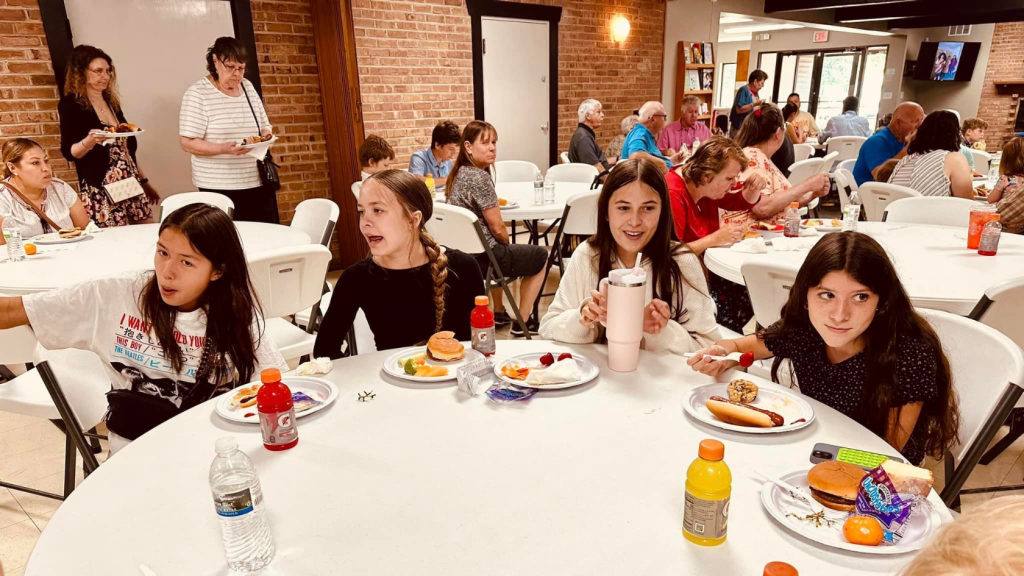
JELANI: I love that you were able to see the fruit of the culture you spent so much time putting in place. In the church, I feel like we don’t always get those reactions because we don’t model them well, so that is encouraging to see that it can be done.
When you were talking about how sacred Christian art borrowed from other forms of Greek art, it feels like I’m coming full circle. I remember being in my teens and twenties and I used to get really indignant about how often evangelicals would borrow elements from popular culture. You know, like when people were wearing Gold’s Gym T-shirts and then Christians came out with a shirt that said “The Lord’s Gym” … or like, those T-shirts that said “Jesus Christ” but stylized in red with the Coca-Cola font. It all felt so corny to me. I felt like, we don’t need to do that because of all this great art that has been commissioned in the church. But now what you’re telling me is that this kind of cultural borrowing was going on even back then. There’s been this dialogue, this interplay of give-and-take, of different religious and philosophical influences for a long time.
CHERYL LYNN: That was the irony of that moment. I mean, at best we can call the halo an early viral moment, where it was first with the Zoroastrians, then the Egyptians with Ra the Sun god using it. Then we had Greeks and Romans using it to have the sun around the head and the halo giving divine aura to emperors and to other folks. And then Christians were like, all right, let’s do it. That’s working. That’s giving people the message that this is divine. So you could call it kind of a viral moment, or a contextualization, or cultural appropriation, but whatever way we understand it, it has been going on a long time, this interplay, this conversation, this contextualization.
Now, we tend to believe that how we experience the world and how we see it is the O.G., the original form, right? I’m taking some courses right now for this intercultural studies degree, and they call that ethnocentrism. You’re interpreting the whole world through your own culture and religion, and therefore, you’re going to go look at a halo and say they’re making fun of Jesus.
Which is why I think we pastorally, in these moments, have to ask, “How do we cultivate an ability to get curious and not furious and pause and see this historical interplay?” Oh, wow. No. Dionysius actually had that halo first, and what we just saw was the Uno reverse. I mean, nobody likes the Uno reverse when they get it, right? Oh dang, you just messed up the way the game goes. I thought it was going this way, but now, shoot, it’s the other way around.

JELANI: This situation also reminds me of an experience I had about twenty years ago because you mentioned the word halo, of the video game series Halo. I remember when Halo debuted on the first Xbox in 2001, and it was a super big deal. All of my friends played it. After we’d been playing for a while, we realized there was an alien race called The Covenant. And a bunch of us were like, whoa, that’s weird… is that a coincidence or what? And it turned out, it was mostly coincidental but there were a few creatives on the team that had Evangelical Covenant backgrounds. Including Marty O’Donnell, who composed the Halo theme, some of the most iconic video game music which borrowed heavily from the Gregorian chant tradition. But my point is that we loved the connection to our faith. Nobody was offended. We thought it was awesome.
I feel like if that were to happen today, there would be a lot of people calling to boycott the game and some would just stop playing it altogether. It feels like we as Christians have developed this reactionary posture towards anything that threatens our sense of normalcy. And it does not have to be this way. We, as Christians, did not used to be so angry all the time. For someone who was invested enough in The Olympics to watch the opening ceremony, I would hope that this wouldn’t ruin their experience and prevent them from watching. But I heard a lot of people reacting in the opposite way. Nope, I can’t do this. I’m not watching the Olympics, I’m out. More than being angry, that just strikes me as really sad.
CHERYL LYNN: You know, a few days after this happened, I spent time reflecting on the idea of hosting. We have different countries and cultures who host the Olympics, and this becomes their moment to represent to the world something about themselves. I was thinking back to Beijing, which showed the collective being able to do so many things in sync. That’s what China wanted to represent about itself. Then in London, they did this crazy thing with the hospital beds, because they were really proud of their history with universal health care. It makes me wonder, when the United States hosts in 2028, how will we want to represent ourselves?
I understand that we have culturally brought up our children to be used to certain things. One of the first visuals a lot of infants see in this country is a mobile of Noah’s Ark. Sometimes we see people throwing Noah’s Ark-themed baptisms or baby showers. But that’s a story about genocide! I know we’re in this moment where some folks are advocating for the Bible to be taught in classrooms. As someone who teaches in the seminary, I’m like, have you read what’s in there? I don’t know if you want your kids opening up the story about what Noah’s sons did with him. So there’s this way in which we’ve normalized things that might be shocking in our culture, but if we were to put it in a visual, maybe others would be as shocked at our culture as we are by theirs.
We do this intercultural development module at the seminary, that’s a part of every degree program. And we use the table as an anchoring metaphor. How do we build better tables? Who’s at the table? Who has access to the table? And our opening devotional is actually with the Leonardo da Vinci Last Supper painting.
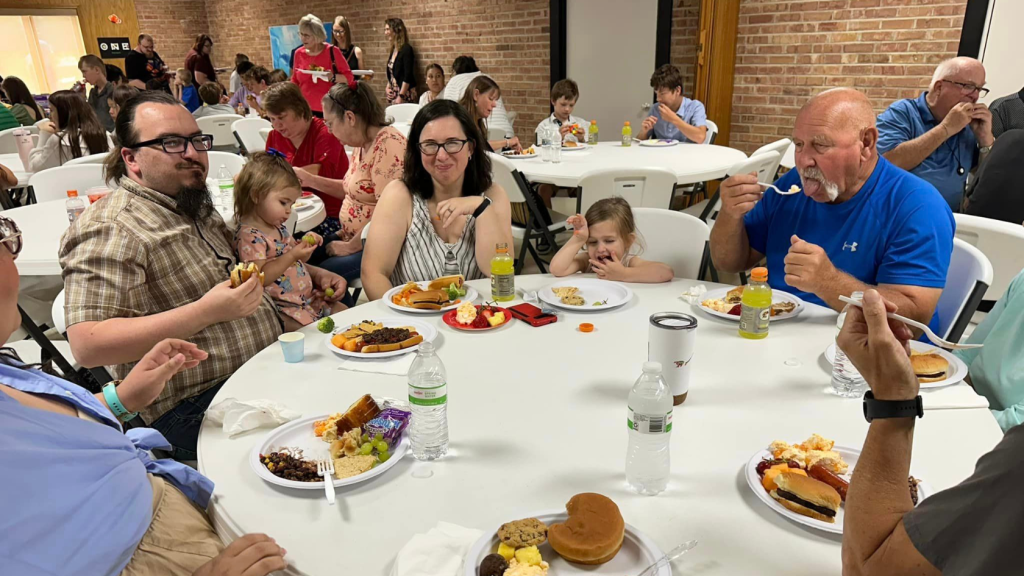
Then we introduce what the triclinium table actually looked like in the first century, where Jesus would’ve sat, and it looks so drastically different than the visual that we have. Jesus isn’t in the middle, they’re laying down. It’s not in a straight table, it’s in a U-shape. There are all these moments where people are like, “I would never eat laying down,” or “That’s really intimate,” or “What’s up with that?”
Lots of cultural reactions start to come up for us, and we ask, “Why is it hard for us to see the table differently? Why is it that we are so connected to this other picture of the table and can’t really even accept the actual table contextually?” We have a discussion about it, and we begin to see things that we haven’t seen before. Like in First Corinthians, where they talk about what’s blasphemous about the Eucharist, what’s blasphemous is when y’all aren’t thinking who’s hungry and who’s eating too much.
When you aren’t thinking about equity, that’s when you start blaspheming the Lord’s table. When you don’t examine yourself, when you don’t get curious about yourself. Or offering forgiveness to someone else before you go to the table. At the table, people are laying down. It’s going to be super awkward if you are put next to someone, you’re all laying down, you’re having to put your hands in together, and eat together, and you’ve got beef with them.
JELANI: It just doesn’t work that way.
CHERYL LYNN: And in our picture of it, it’s not realistic. How am I going to go to someone in my congregation and get right with them before I go to the Eucharist? But when you start seeing the table in a different cultural and contextual light, you begin to understand more of what was being communicated in those scriptures.
So yeah, the table looked nothing like that, and yet we have such attachment culturally to that being our picture. But does that really lead us to the sort of healing, reconciling understanding that can happen that First Corinthians asks us to do in the Eucharist, in this whole Olympic moment? I was struck that it was actually the Olympic Committee that modeled those pieces of, “Oh, let me reflect.” Are we not at peace with somebody? Did this actually create something between us and others that we didn’t want
JELANI: They were the ones to apologize.
CHERYL LYNN: They were the ones to say, “Hey, can we be reconciled? We want to apologize for the impact that had.” Now, I think what would be compelling in this moment, as far as Christian witness, is if Christians of every level could then respond in kind and say, “We’re also sorry for the impact of our rage. We’re also sorry that we didn’t press the pause button and get reflective about ourselves before we came to the table.”
That would be such a compelling witness.
JELANI: Absolutely. When you talked about each Olympic city that hosts, I felt like what’s happening on social media is a microcosm of that phenomenon. A lot of people are talking about the Olympics in a short period of time, but the conversation looks different depending on who’s hosting it on their page. Certain people have an ability to create an expectation, or set the tone, toward humility and curiosity in the way they choose their words and how they do or do not react.
I have a friend online who was asked about a related Olympic controversy, and he said, “I’m just going to try to remain quick to listen and slow to speak.”
As for what you mentioned, yeah, I wish there was more of a coordinated effort of Christians to apologize, but we don’t need to wait for that. As Christians, we can choose to model that on our own as individuals and impact each of our own social circles in the process. So that gives me hope.
In the recent article about memes, we talked about how memes thrive on memetic desire, and that there are certain desires being met when we share these memes online. One of the challenges I offered is for people online to consider, before I share this meme, what desire is this filling? And also to ask, does this meme represent how I want to present myself to the people in my circle? Because memes are just ideas that spread through imitation. When one person starts talking about something, that causes more people to talk about that thing.
So ultimately, we have the power to create the culture that we want to see.


